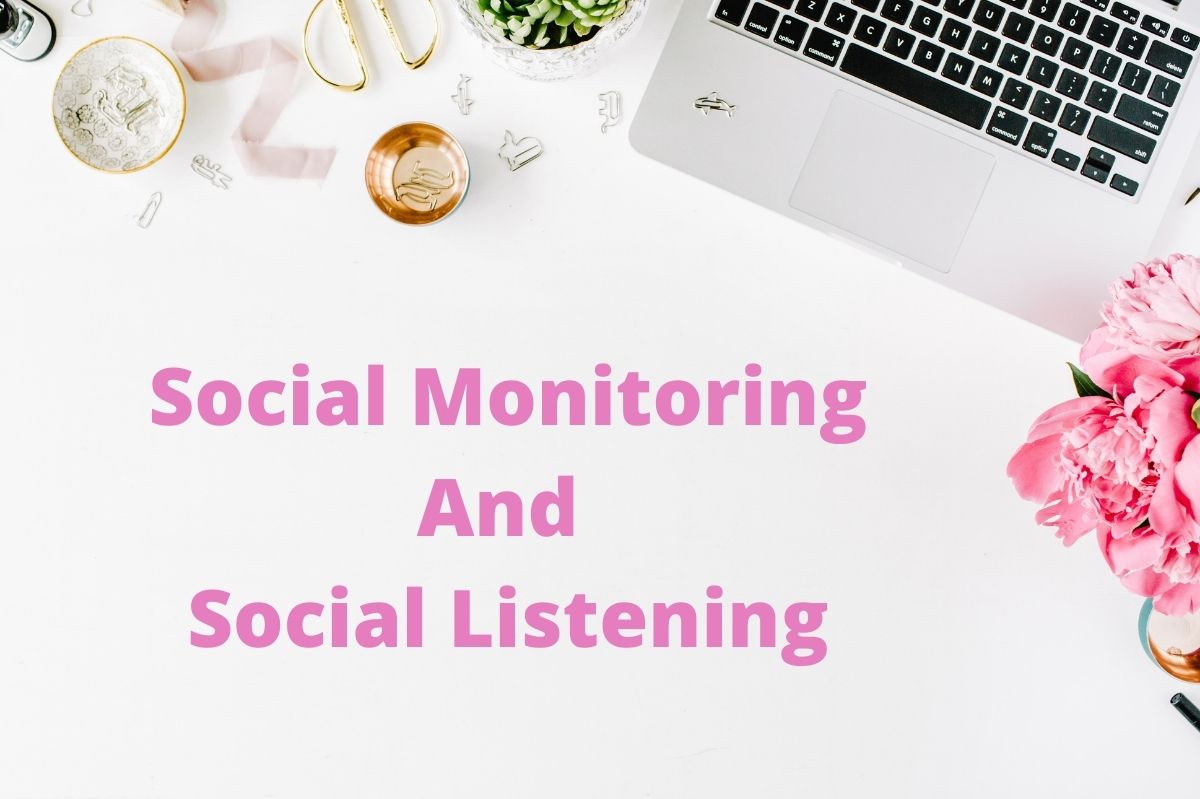If you use social media in marketing, you are certainly familiar with terms such as social monitoring and social listening. But do you know what they mean? Contrary to appearances, they should not be used interchangeably because they define two different things. Find out what, further in the article!
How not to get lost in definitions
We are talking about two strategies that rely on observing and collecting data on keywords used on social platforms marked with brands or hashtags.
- Social monitoring is the process of finding and responding to markings that users create in relation to our company. It’s about searching for “@ [brand name]” memories, such as on Twitter or Instagram, and making contact with users who applied them to get our attention. Time is of the essence here – the sooner, the better. For example, one of our customers has just received a package with an order from us and posted a photo of the products on Instagram, marking us in the photo – we can capture this relationship and add it to our profile.
- Social listening, on the other hand, is more complex. It involves gathering data from such individual interactions to draw specific conclusions. In this way, we are able to critically assess how engaged our customers are, what brand awareness they have, and what trends may be in the near future.
In other words: social monitoring is collecting data, and listening is analyzing this information in order to improve marketing strategies and running a business. So how do you approach these two methods?
Micro vs. macro. Small and big
Monitoring assumes contact with the client on an ongoing basis and in person – sometimes we will thank you in the comment for your commitment, other times we will explain the problem, and we will answer the question to others. The interaction usually ends there. You should also be aware that any such commitment is important! Good customer service is essential to keep them from putting their money in someone else’s hands. Therefore, quick reactions based on monitoring should form the basis of online activities.
Meanwhile, listening takes place on a much larger scale. Thanks to it, we are able to look at the types of interactions with recipients as a whole and draw appropriate conclusions – maybe the same problem often appears in them? Or are we seeing a lot of praise on a specific product? If we see such trends, we will be able to fix bugs and target what users are happy with. So let’s go – it’s time to listen!
Also Read : Google Ad Manager – What Should You Know?







